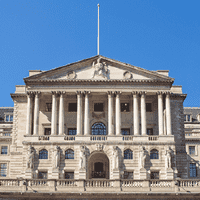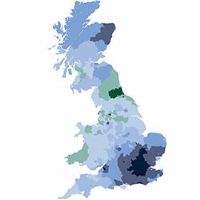Subdued buyer confidence in the mainstream housing market (see Approach with caution) has been compounded by high stamp duty costs at the top end. This is most evident in London, where prices peaked in September 2014 and have fallen by an average of 6.9% since.
In the prime central London market, the weakness of sterling has been offset by greater exposure to capital gains tax and inheritance tax for overseas buyers. Price adjustment has been greater and, with values having fallen by more than 14% in this area, they are now back at December 2011 levels.
From March to June 2017, prices slipped by 1.3%. Although not significant, it is reflective of the price-sensitive nature of demand that has become the norm.
Outside the capital, the effect of taxation has been less significant. Here, the incidence of stamp duty is less acute and there was also weaker growth in the run up to the tax changes of two and half years ago. Still, annual price growth only averages 0.9%.
The increased popularity in prime urban property throughout and beyond the London commuter zone means the price gap to prime rural homes remains wide. Consequently, farmhouses, rectories and manor houses all look good value.
Across the prime market, sellers are increasingly aware of the need to match asking prices with buyer expectation. So, even with a thinner seam of demand, the right property at the right price continues to sell.
.jpg)


.png)